All products featured are independently chosen by us. However, SoundGuys may receive a commission on orders placed through its retail links. See our ethics statement.
How to build a local digital music library
January 15, 2025
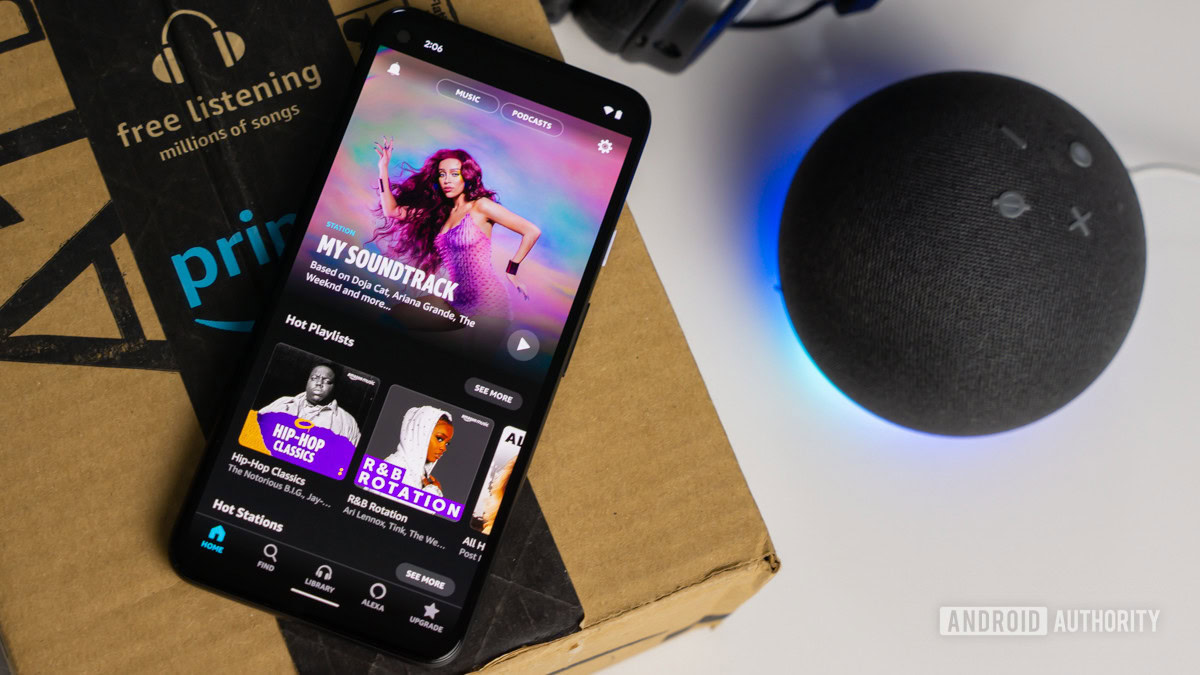
Whether it’s due to the recent string of controversies hounding Spotify, a desire to support artists more, or you’re just yearning for a different way to enjoy music, there are many reasons to move away from streaming platforms and towards a local digital music library. However, it’s important to be mindful of the challenges and difficulties involved in building your own collection. Here, we’ll teach you some important information about digital audio, how to store your files, and how best to enjoy your collection once you have it.
Editor’s note: This article was updated on January 15, 2025, to add more current information to each section, troubleshooting tips, and answers to relevant FAQs.
What are the benefits of a local digital music library?
Maintaining your own local digital music library is a clear way to reject the disposable music mill that streaming services have created, one that undervalues the artist’s vision for their music. Building your own collection also lets you appreciate albums you otherwise would have listened to once and never again. Since your local library is more limited than a streaming service, you’re more likely to listen to albums all the way through and in the order the artist intended.

Curating your own library also encourages you to focus more on artists that you might have overlooked and allows you to put more consideration into how you catalog and store each release. Finally, it’s often a better way to support artists compared to streaming platforms, which often give artists only fractions of a cent per stream.
What are the different digital music audio formats?
To start building your digital music library, it’s important to have a basic understanding of how audio is stored digitally. The most important distinction to keep in mind is the difference between lossless and lossy file formats.
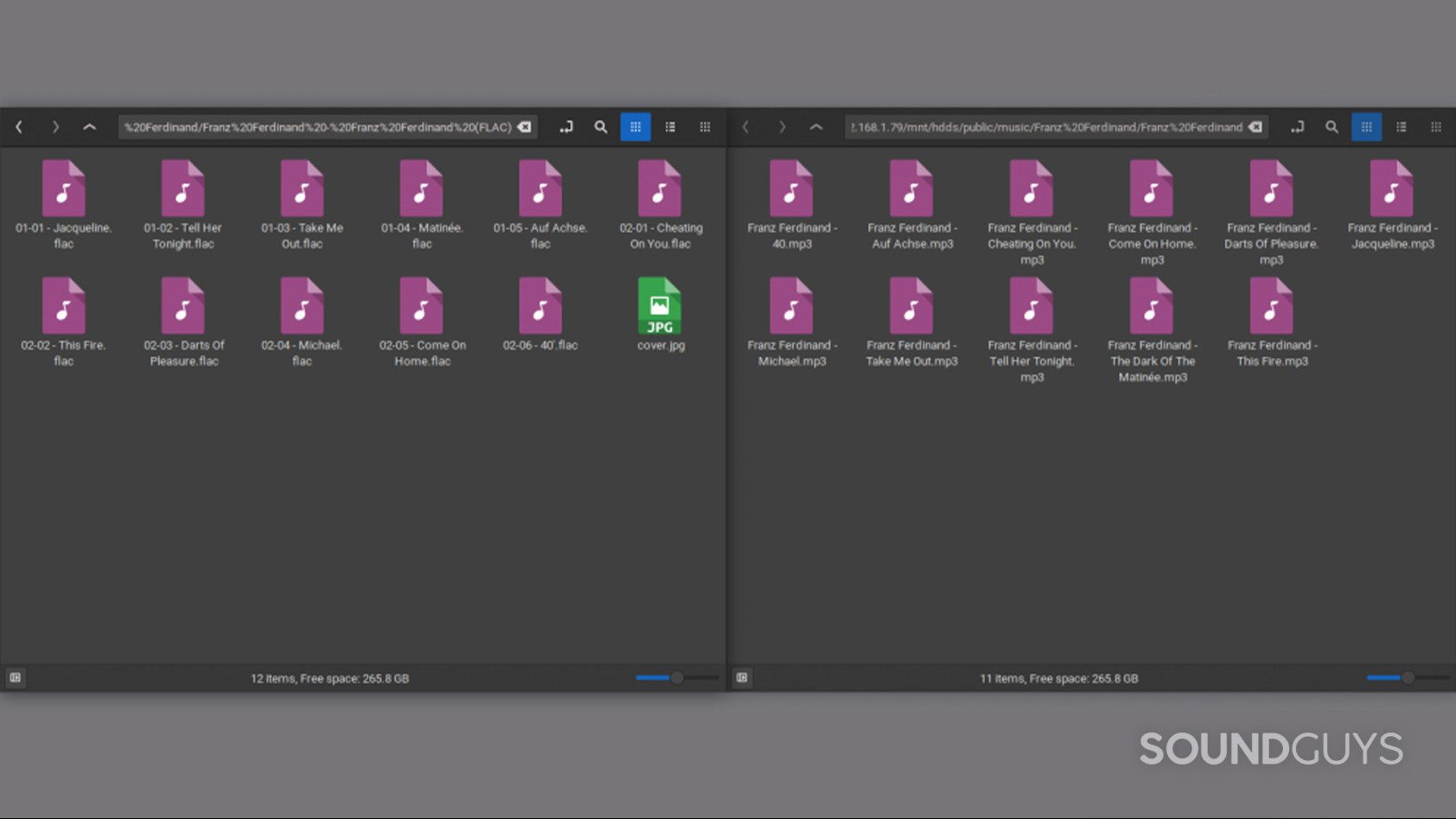
Lossless file formats like WAV and FLAC preserve the original audio without lossy compression, usually to the standard of CD-quality audio (16-bit, 44,100Hz sample rate). However, these formats retain data at the expense of storage space. A full album using these files will usually clock in around half a gigabyte, although FLAC uses lossless compression to reduce file size without sacrificing audio quality.
Learn more: What’s the difference between audio and file compression?
Lossy music formats include the old standard MP3 and newer options such as AAC/m4a and OGG. These options significantly reduce the size of the audio files (usually achieving a 10:1 compression ratio, the standard that allowed the MP3 format to first dominate online audio in the early 2000s). Additionally, you’ll be matching the quality of most streaming services, which commonly use AAC at 256 kbit/s or equivalent.
Unless you make the files for your library, you’ll likely end up with a collection consisting of multiple formats, but it’s important to understand which formats you prefer and which provide the highest audio quality. If you want to further your understanding of digital audio, you might want to learn more about several topics, including bit-depth, sample rate, the Nyquist–Shannon sampling theorem, PCM vs. DSD audio encoding, and the loudness war.
Where can you buy digital music?
Since music consumption has shifted primarily to streaming nowadays, it’s harder to find online music stores that sell actual music files. Google Play Music shut down in 2020, and the iTunes Music Store is difficult to access since Apple now pushes most of its users toward Apple Music instead. However, there are still some quality music stores to choose from.
Bandcamp

One of the best options for acquiring digital music is Bandcamp. It usually lets you download your purchases in multiple formats, including FLAC. Bandcamp is very supportive of artists, primarily independent musicians who want to release music at a low cost.
While Bandcamp changed ownership from Epic Games to Songtradr in September 2023, it remains a reliable platform for purchasing digital music and supporting independent artists directly.
7digital, Amazon Music, and others
You’ll find places like 7digital, Amazon Music, and Qobuz, along the lines of more traditional online music stores. These websites and others like them carry on the same general styling of places like iTunes, allowing you to purchase albums from a wide variety of mainstream artists or singles at a reduced rate. 7digital and Qobuz also allow you to specifically buy the FLAC version of the music if you want to ensure lossless quality.
Several specialized digital music stores have also emerged to serve specific audiences. HDtracks offers high-resolution audio files for audiophiles, while Beatport specializes in electronic music. Tidal, known primarily as a streaming service, launched its own download store in 2023, offering high-quality downloads to complement its streaming offerings.
How does local audio quality compare to streaming?
Understanding the difference between streaming and local file quality can help you make better choices for your library.
| Streaming Service | Max streaming quality | Supported Formats | Spatial audio option |
|---|---|---|---|
| Streaming Service Qobuz | Max streaming quality 24bit / 192kHz | Supported Formats AIFF, ALAC, FLAC, WAV, WMA Lossless | Spatial audio option No |
| Streaming Service Amazon Music Unlimited | Max streaming quality 24bit / 192kHz | Supported Formats FLAC, MP3 | Spatial audio option Yes |
| Streaming Service Tidal HiFi Plus | Max streaming quality 24bit / 192kHz | Supported Formats AAC, HiRes FLAC, FLAC | Spatial audio option Yes |
| Streaming Service Deezer HiFi | Max streaming quality 16bit / 44.1kHz | Supported Formats FLAC | Spatial audio option No |
| Streaming Service Spotify Premium | Max streaming quality 320kbps | Supported Formats AAC, Ogg Vorbis | Spatial audio option No |
| Streaming Service Apple Music | Max streaming quality 24bit / 192kHz | Supported Formats AAC, ALAC | Spatial audio option Yes |
| Streaming Service YouTube Music Premium | Max streaming quality 256kbps | Supported Formats AAC, OPUS | Spatial audio option No |
| Streaming Service SoundCloud Go+ | Max streaming quality 256kbps | Supported Formats AAC | Spatial audio option No |
| Streaming Service Slacker Radio | Max streaming quality 320kbps | Supported Formats MP3 | Spatial audio option No |
| Streaming Service Pandora | Max streaming quality 192kbps | Supported Formats AAC | Spatial audio option No |
| Streaming Service Spotify Free | Max streaming quality 160kbps | Supported Formats AAC | Spatial audio option No |
| Streaming Service Deezer Free | Max streaming quality 128kbps | Supported Formats MP3 | Spatial audio option No |
Most streaming services use compressed audio formats to save bandwidth. Spotify streams at up to 320kbps using the Ogg Vorbis format, while Apple Music uses AAC at 256kbps. These are considered “high-quality” for streaming but still involve compression. When you maintain your own library, you can choose to keep your music in lossless formats like FLAC or ALAC, which preserve full CD-quality audio. This is especially noticeable if you’re using high-end headphones or speakers.
A typical album in lossless format might take up 200-400MB of space, compared to around 60-100MB for high-quality compressed files. While streaming services like Tidal and Apple Music now offer lossless streaming options, having the files locally means you’re never at the mercy of your internet connection or service outages for the best possible quality.
How do you digitize CDs?
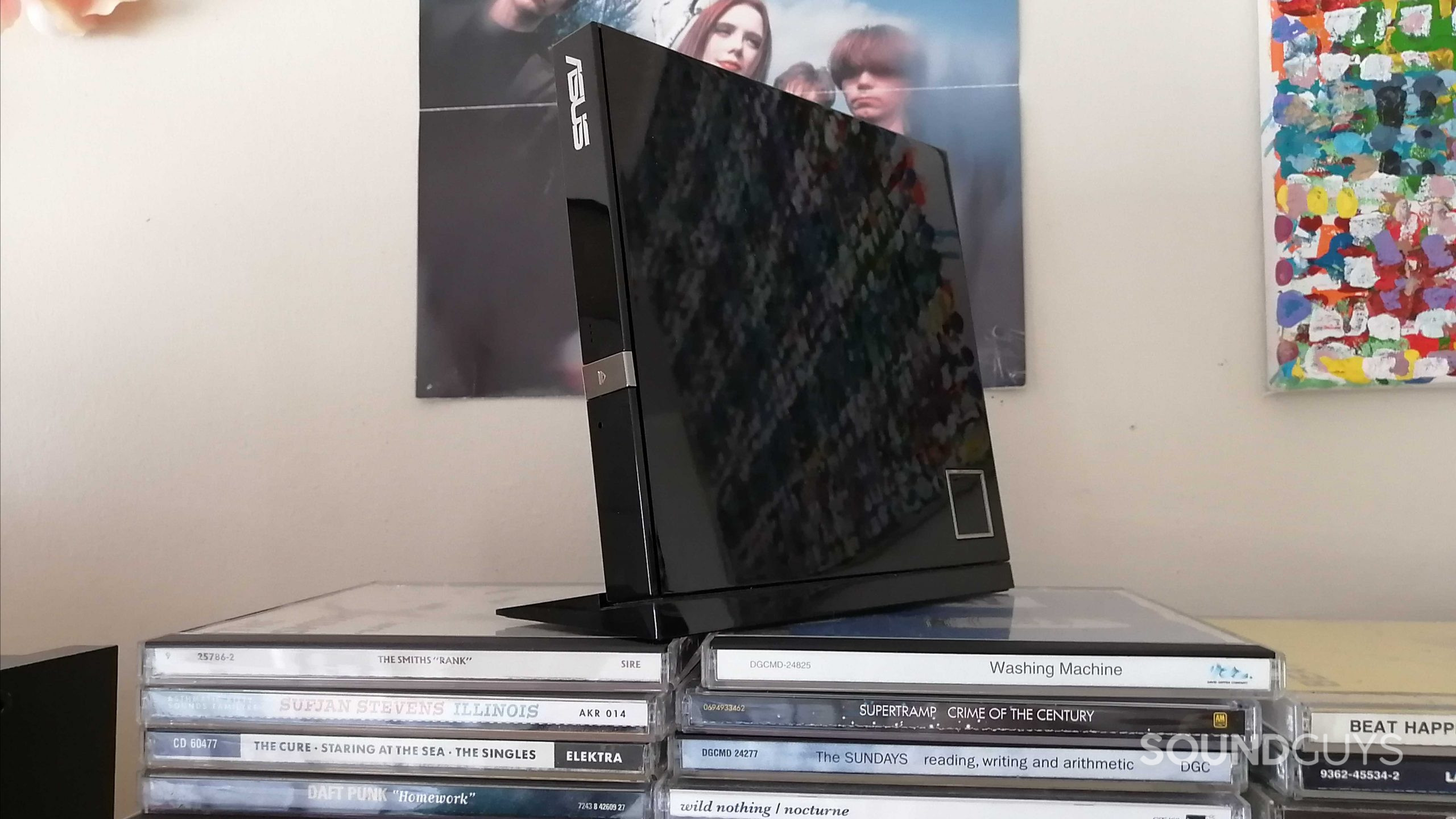
Since many computers no longer come with built-in disc drives, you’ll likely need an external CD drive to digitize your collection.
Converting your CD collection to digital files puts you in control of both the format and quality of your music. The process is straightforward once you have the right tools. First, you’ll need a CD drive – if your computer doesn’t have one built-in, an external USB drive works perfectly. These are readily available and relatively inexpensive.
For the actual conversion process, you’ll want dedicated CD-ripping software rather than your computer’s default music player. Exact Audio Copy (EAC) is the go-to choice for Windows users, while XLD (X Lossless Decoder) works great for Mac users. These programs are designed to handle scratched discs and can correct most CD reading errors, ensuring you get the highest-quality copy possible.
Before you start ripping CDs, you’ll need to decide on your preferred format. FLAC files will give you perfect CD quality, though they take up more space. MP3s are smaller but sacrifice some audio quality. Most ripping software can automatically fetch album information and artwork from online databases, making it easy to keep your collection organized.
Note: While it’s legal to digitize CDs you own for personal use, you should check your local laws, as regulations can vary by region.
What’s the best way to store files for a digital music library?
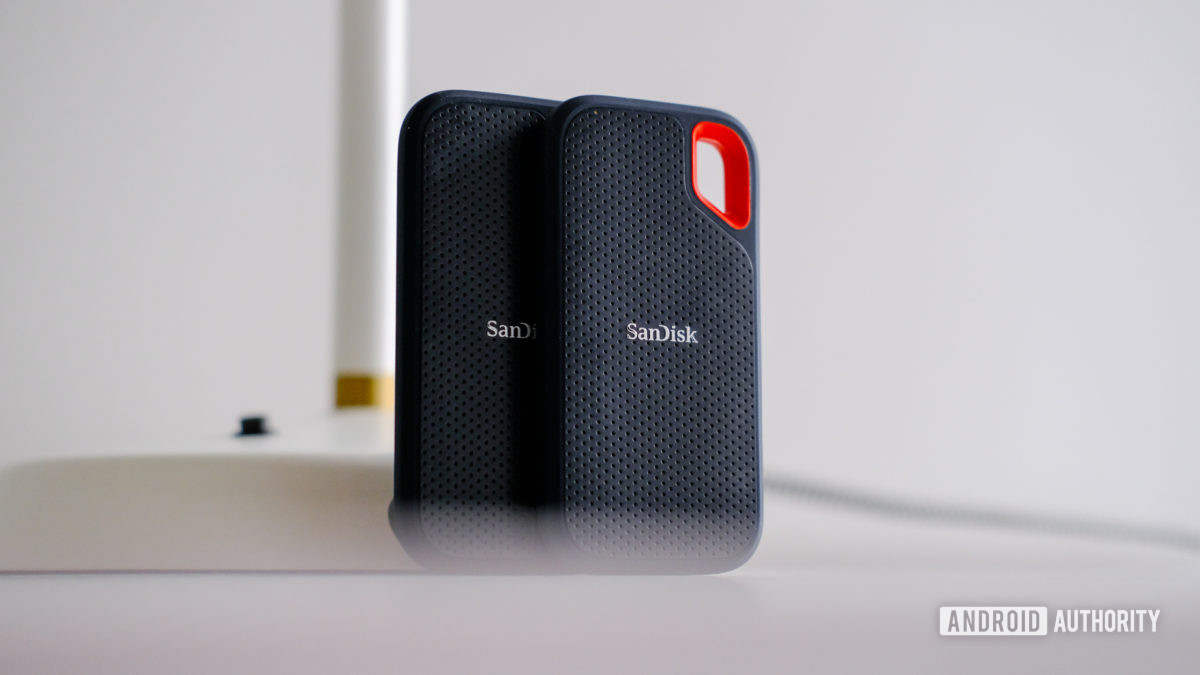
Once you have your collection of digital music files, you’ll have to decide where you want to store them. The most obvious answer is to store your files on your computer’s local hard drive or solid-state drive (SSD). This is advantageous as it leaves your files easily accessible to you for any reason. Another common option is to store your music on an external drive. This is useful as it makes your collection more portable, easy to carry around, and easy to back up. The final option we would recommend is to store the files on a home server or network-attached storage device (NAS).
Cloud storage services like Dropbox or Google Drive can serve as excellent backup solutions for your music library, though you’ll want to keep local copies for faster access. For NAS solutions, brands like Synology and QNAP offer user-friendly options with built-in media server capabilities, making them ideal for home music libraries.
Consider the file hierarchy you use to organize your files. Most people recommend storing them [Artist]/[Album Title]/[Song]. We also recommend including additional information, such as always pairing the artist name along with the album title, including the year of release, and properly numbering each track in the album.
When organizing large libraries, consider using a consistent naming convention for your files and folders. Tools like Mp3tag or MusicBrainz Picard can help automate this process. For backup, follow the 3-2-1 rule: keep three copies of your library on two different types of storage media, with one copy stored off-site or in the cloud.
(Click the image to expand.)
How do you build a private music streaming service?
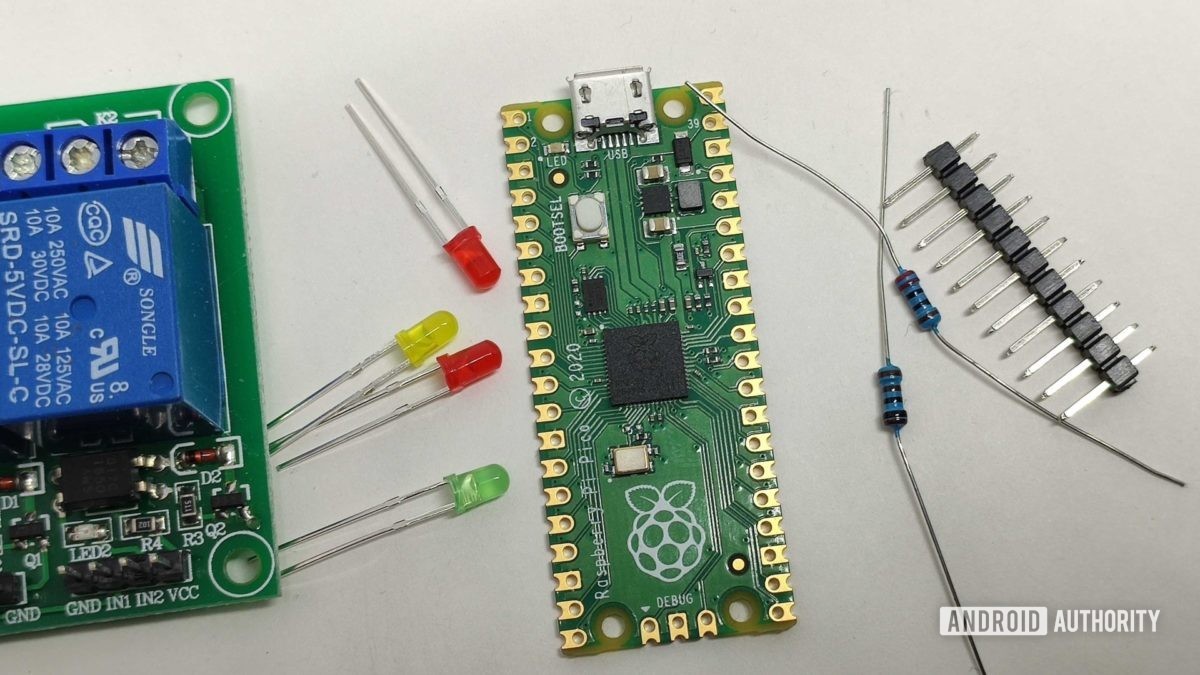
A networked attached storage (NAS) device is any computer you hook up to your network for the purpose of storing and sharing files. It’s most common to attach large hard drives to them for the purpose of storing a large amount of data. Since serving files is a fairly simple process, almost any computer can do it, including a low-power inexpensive device like a Raspberry Pi.
If you store your music collection on a NAS device, your music library will become internet accessible and available no matter where you are. Running Linux on your NAS can be useful thanks to built-in support for file transfer systems like secure file transfer protocol (SFTP), but you can also get by with Windows and Samba (the default Windows file-sharing system) for your data transfers. We would also recommend wiring your NAS up to your router using ethernet instead of Wi-Fi to ensure a fast and consistent connection. Using a NAS you can run software like Plex, Jellyfin, or Navidrome in order to serve your music collection over the internet. In effect, you are creating your own private version of streaming services like Spotify.

Plex is the most mature version of these software solutions but unfortunately, it requires a subscription in order to stream the music to your phone. We like Plex for its ability to find album art and metadata for songs without them, and for its organizational options to find songs in large libraries. Jellyfin and Navidrome are similar but have the advantage of both being open source. Navidrome, in particular, is focused solely on music streaming and has several additional features to improve the listening experience. It’s even specifically designed to work well on low-power systems like the Raspberry Pi.
What’s the best way to listen to your local digital music collection on your phone?
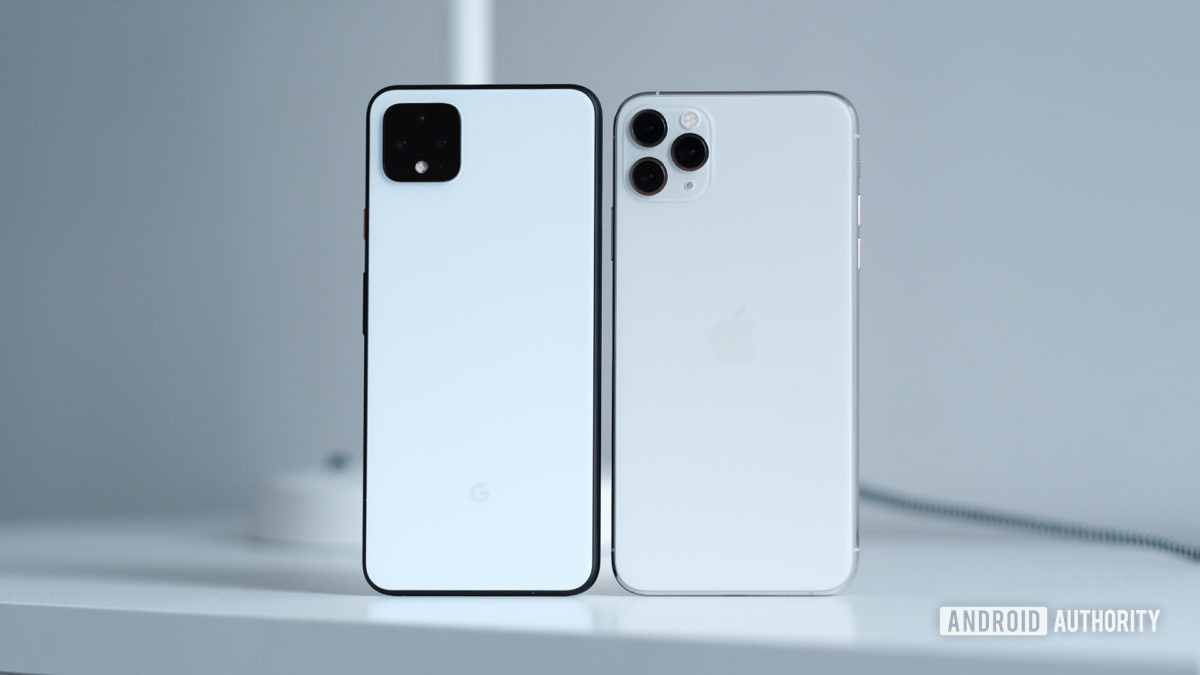
Aside from using the streaming options mentioned above, you’ll likely want to store and listen to your music collection using your phone. If you’ve set up a NAS, you should be able to sync your two collections over the internet, but otherwise, you should be able to manage them with your phone’s file transfer system.
microSD cards are an excellent way to expand your device’s storage for your collection, though few phones support the microSD card slot now. We also advise you to seek out a different music-playing app than the one that comes preinstalled.
For Android users, several excellent players are available. Poweramp remains a popular choice with its powerful audio engine and customization options. Musicolet offers a clean, ad-free experience with multi-queue support, while BlackPlayer provides a sleek interface with extensive audio tweaking capabilities. iOS users have options like Cs Music Player and Marvis Pro, both offering powerful library management features and integration with Apple’s music framework.
Storage has become a challenge as fewer phones support microSD cards, but many newer phones come with substantial internal storage options (256GB-1TB) that can accommodate large music libraries. Cloud streaming from your own NAS can help overcome storage limitations.
What are some other good music library applications?
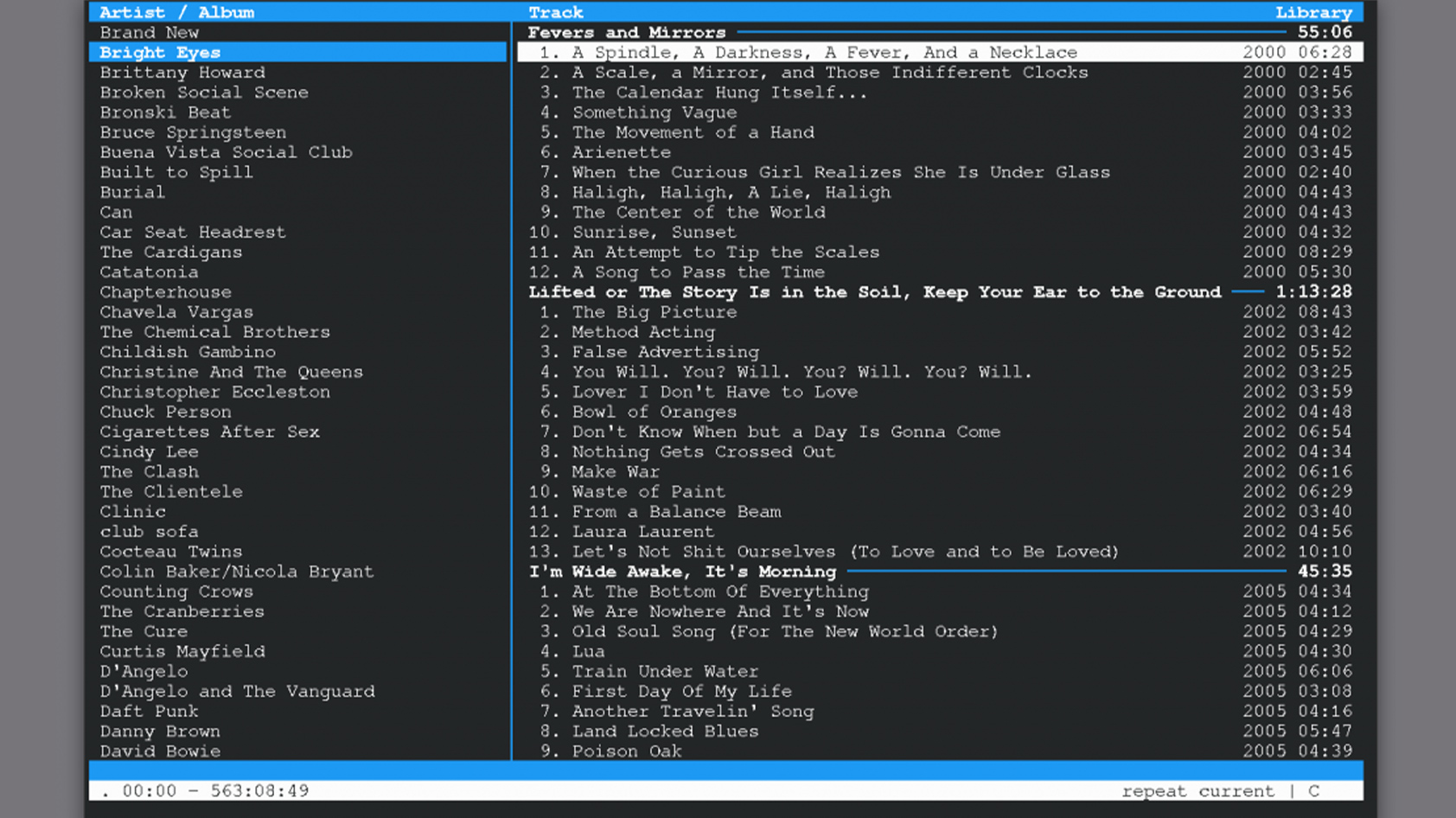
In addition to MusicBrainz Picard, mentioned above for automatically correcting song metadata, there are several useful applications you may want to consider using. If you’re looking to listen to your collection on a PC, MusicBee is one of the most common recommendations for holding your library in one application (Rhythmbox is a good alternative for those on Linux). There are also alternative tagging applications if MusicBrainz Picard isn’t adequate, such as Mp3tag. If you’re using macOS or Linux, cmus is a more esoteric way to listen to your music, being operated entirely inside a text-based terminal environment.
Is the iPod coming back?
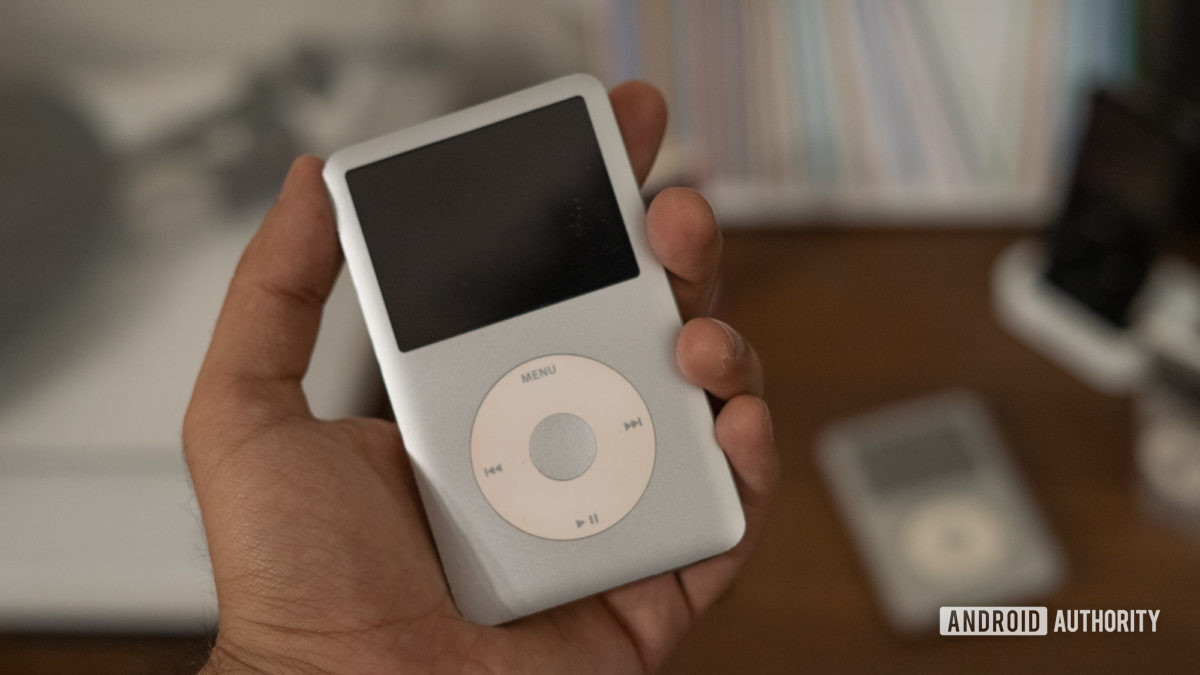
Despite losing technological relevance over a decade ago, the iPod line of MP3 players is experiencing an enthusiast renaissance recently. Thanks to fan communities and other hobbyists, hardware mods for iPods have become more popular, and tinkerers have managed to add additional software features, Bluetooth support, and even a mod that enables access to streaming services.
Because of this recent resurgence, finding usable iPods has become slightly more expensive. However, one cannot deny the wonderful feeling of using a device solely dedicated to music enjoyment. If you’re looking for a slightly newer device solely for playing music, Fiio also has a few excellent options.
The modern portable audio player market has evolved beyond traditional iPods. Companies like Hiby, Shanling, and Astell&Kern offer high-end digital audio players (DAPs) that support virtually every audio format and offer exceptional sound quality. These devices often support expandable storage through microSD cards, with some accommodating cards up to 2TB, allowing for massive music libraries.
More affordable options are available from brands like Ruizu and AGPTEK, offering basic playback capabilities at a fraction of the price. These players are perfect for those who want a dedicated music device without the complexity and cost of premium DAPs.
Common issues and how to fix them
Even the best-organized digital libraries can run into occasional problems. Here’s how to handle common issues.
- Missing album artwork is one of the most frequent problems. Tools like MusicBrainz Picard or Mp3tag can help you find and embed correct artwork. For stubborn cases, you can manually download album covers from sources like Amazon or Discogs.
- Incorrect or missing metadata can make tracks hard to find or organize. Besides the tagging tools mentioned above, you can use software like Picard to automatically match your files against online music databases and correct any errors.
- Gapless playback issues, where you hear small breaks between tracks that should flow continuously, often involve your music player. Make sure your player supports gapless playback and that the feature is enabled. Players like Poweramp for Android and Cs Music Player for iOS handle this well.
- If your files won’t play or sound distorted, they might be corrupted. You can try re-downloading or re-ripping the affected albums. For already damaged files, tools like MP3val (for MP3s) or FLAC’s built-in verification can help identify and sometimes repair problems.
- Storage space running low is increasingly common as lossless collections grow. Consider setting up automated cloud backups for files you don’t listen to frequently, keeping only your current favorites on your main device.
Is creating a local digital music library worth it?
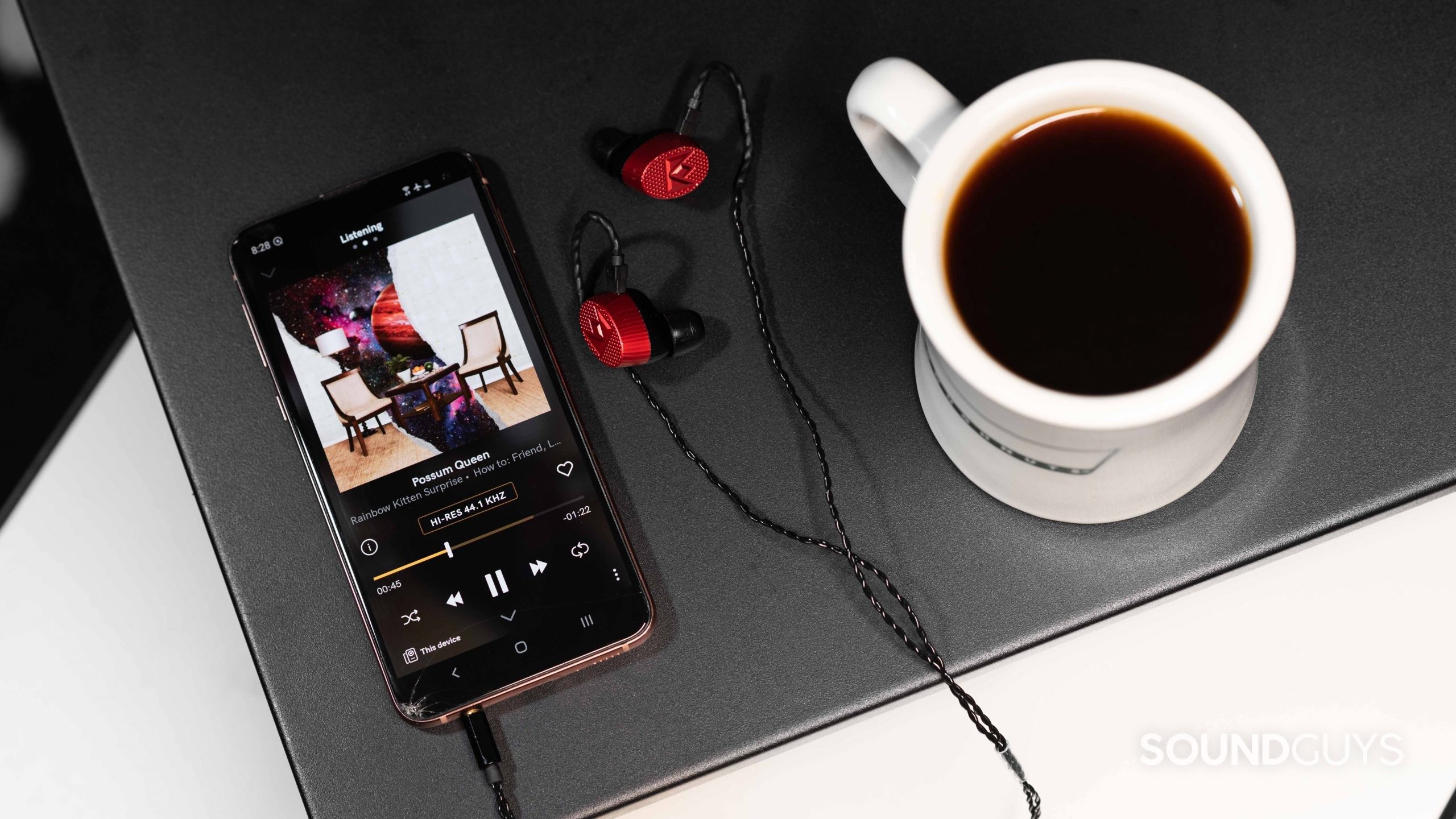
Although it may seem like a lot of work, building and curating your own music collection can be very rewarding. It’s a great way to support the artists, it gives you the ability to appreciate your music in new ways, and the different ways of playing your library (building a NAS, refurbishing an iPod) are great ways to appreciate the technology that surrounds the music. You may find yourself enjoying something about the music listening experience that has been lost in translation over the past two decades and finding a newfound love for the music that fills your life.
Frequently asked questions about setting up a local digital music library
Of course you can! We even have a handful of how-to articles that give you a step-by-step rundown of how to transfer your playlists from one service to another.
When you purchase digital music from stores like Bandcamp or 7digital, you’re buying a license to use the music files, not the copyright to the music itself. This license typically gives you the right to:
- Download and keep the files permanently
- Play them on your personal devices
- Make backup copies for personal use
- Transfer them between your own devices
However, most stores’ terms of service don’t allow you to:
- Resell your digital music files
- Share them publicly
- Use them commercially
- Transfer your license to someone else
This is different from streaming services, where you’re essentially renting access to music rather than owning any files. With your own digital library, you maintain access to your music files regardless of internet connectivity or service availability.
Thank you for being part of our community. Read our Comment Policy before posting.